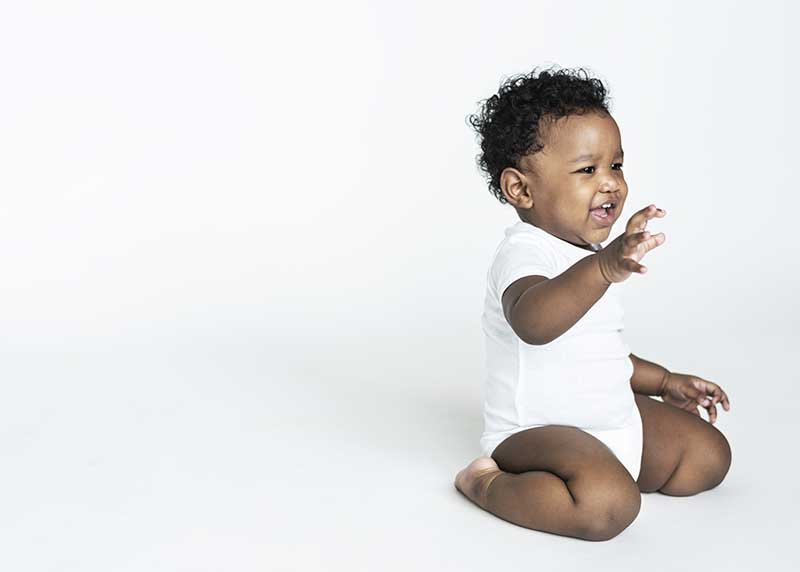
11 Feb “W” sitting and autism
“W” sitting is when a child is sitting on their bottom with both knees bent and their legs turned out away from their body.
For many children this a preferred position, however it is not good for the child and should be worked on routinely to correct their sitting posture in order to prevent additional impairments.
Here are just a few reasons why the “W” sitting position is not good for your child
- Over time, underdeveloped bones and joints can be affected by the routine stress placed on the hips and legs;
- W sitting can increase the risk of the child’s hip and leg muscles becoming short and tight;
- W sitting has been associated with other underlying issues, such as low muscles tone, generalized muscle weakness, sensory concern and decreased fine and gross motor coordination;
- In severe cases W sitting can increase a child’s risk of hip dislocation – especially in cases where children already have hip dysplasia;
- Sitting in this position can over time result in general poor sitting posture because when a child sits in this position they are unable to rotate their upper body which in return can cause a whole other set of difficulties like difficulties with crossing the midline and even difficulty with table-top activities;
I was asked the other day if W-sitting was yet another sign of autism spectrum disorder? The answer to this is NO w-sitting is not in any way an early warning sign of autism.
Children w-sit for a number of reasons – when they w-sit they create a large base of support and a lower centre of gravity. This makes it generally easier for the child that struggles with lower than average tone, flexible joints or weak core muscles all of which can be address by a qualified Occupational Therapist and Physio-therapist.

